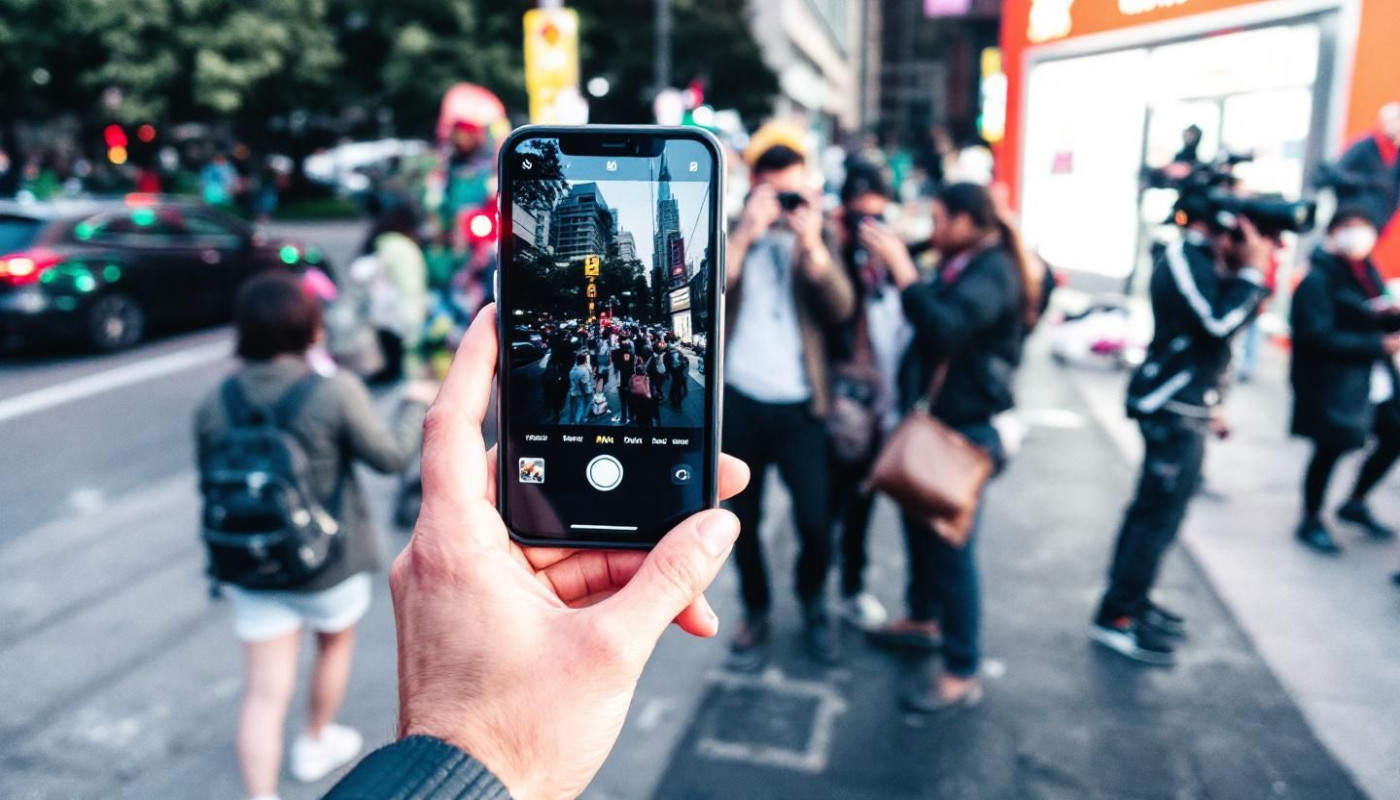Table of contents
Crafting a compelling visual narrative doesn't require a studio full of expensive gear or specialized tools. By leveraging creativity, resourcefulness, and a keen understanding of visual storytelling, anyone can produce captivating content with what is already at hand. Dive into the following sections to unlock practical strategies for building a striking visual story, no matter your equipment or experience level.
Understanding visual storytelling basics
Grasping the principles of visual narrative begins with an awareness of composition, lighting, and the use of frame to guide the viewer’s eye. Effective storytelling basics rely heavily on framing choices, where the arrangement of elements within each shot sets the tone and directs focus. Thoughtful lighting enhances atmosphere and can dramatically influence mood, while careful sequencing of visuals ensures a coherent and engaging progression. Utilizing shot variety—from close-ups that highlight emotion to wide frames that establish context—enriches the narrative techniques available, allowing for greater emotional depth and clarity of message. Visual cues, such as color, line, and perspective, serve as subtle signals that lead the audience through the story arc, making the visual sequence not just a collection of images, but a compelling storytelling journey that resonates even without professional equipment.
Maximizing natural lighting
Harnessing natural lighting can profoundly affect the visual impact of DIY photography, enabling vibrant and authentic results even without professional equipment. Observing exposure during the golden hours—shortly after sunrise or just before sunset—offers soft, flattering illumination that minimizes harsh shadows. Positioning subjects near windows or open doors leverages available daylight, often resulting in a gentle, even look. When sunlight is too intense, sheer curtains or translucent fabrics work well to diffuse brightness, preventing overexposed highlights and ensuring balanced exposure across the scene. Household lamps, when thoughtfully placed, can supplement ambient light or create intentional shadow play, adding depth and interest. Manipulating shadows through the arrangement of reflective surfaces, like white walls or handheld reflectors, allows for creative control over contrast and mood. By strategically using and modifying everyday light sources, it becomes possible to achieve striking visual narratives and enhance DIY photography without the need for specialized lighting kits.
Leveraging everyday objects
Resourceful storytelling often begins with set dressing, a technique where everyday objects become creative props and backgrounds to convey visual depth and meaning. Mirrors can double as light reflectors or add intriguing perspectives, while simple sheets transform into seamless backgrounds or diffusers for softer lighting. Even colored paper, when strategically placed, introduces bursts of color or texture, subtly influencing the mood and narrative context. Sourcing inspiration from your immediate surroundings encourages a fresh look at familiar items—think kitchen utensils for reflections, or houseplants to add organic layers. These DIY photography tips help construct compelling scenes, proving that professional quality visuals can emerge from inventive use of commonplace materials. Exploring such background ideas not only enhances creative expression but also demonstrates how everyday objects are fundamental to building engaging visual stories without specialized equipment.
Editing with free software
Free editing software offers a practical solution for storytellers seeking to elevate their visual narrative without expensive equipment. Accessible DIY editing tools such as GIMP, DaVinci Resolve, and Darktable enable precise photo editing, from basic cropping and retouching to advanced techniques like color correction and color grading. Ensuring visual consistency across a project means developing a workflow that involves batch processing multiple images or video clips using preset filters and manual adjustments. Accurate color correction not only enhances the mood of each frame but also creates professional polish, even when working with mixed lighting or lower-quality source material. Consistency is key for a seamless narrative, and these free platforms often include customizable export options to optimize content for platforms like Instagram, making it easier to share high-quality results with your audience or showcase your work on a web site. Choosing the right export settings ensures compatibility with social networks, preserving aspect ratios and image quality.
Sharing your narrative online
Maximizing engagement when you share visual story content online requires thoughtful content curation tailored to your chosen platforms. Begin by selecting platforms that best suit your narrative and target audience, whether focusing on visual-centric spaces like Instagram and Pinterest or professional portfolios such as Behance. Consistently use compelling captions to add context and depth to each image, emphasizing storytelling online. Incorporate keywords relevant to your theme to enhance discoverability, a tactic that supports online portfolio tips and strengthens visual engagement. Ensure images are optimized for each platform by adjusting resolution, aspect ratio, and file size to maintain quality and fast loading times. Brand cohesiveness across platforms, paired with clear calls to action, further amplifies the impact of your social media visuals, helping your visual story reach a broader audience and encouraging interaction.














